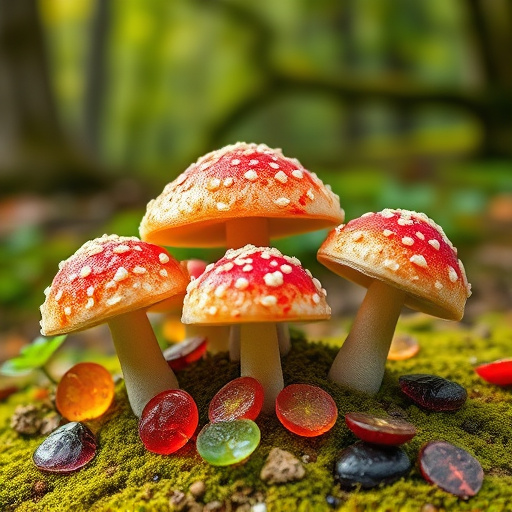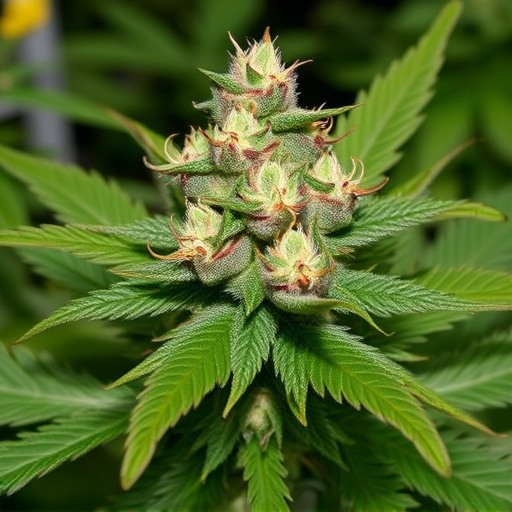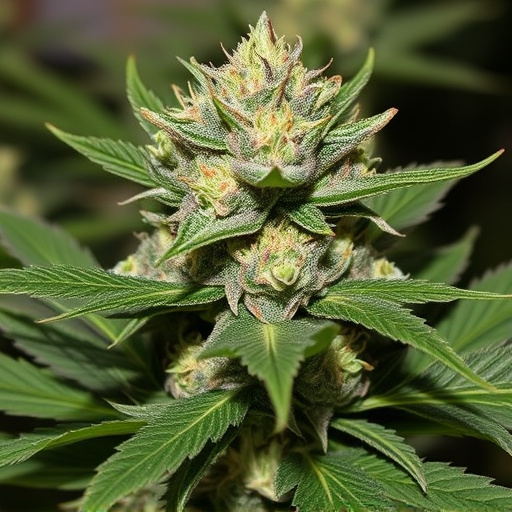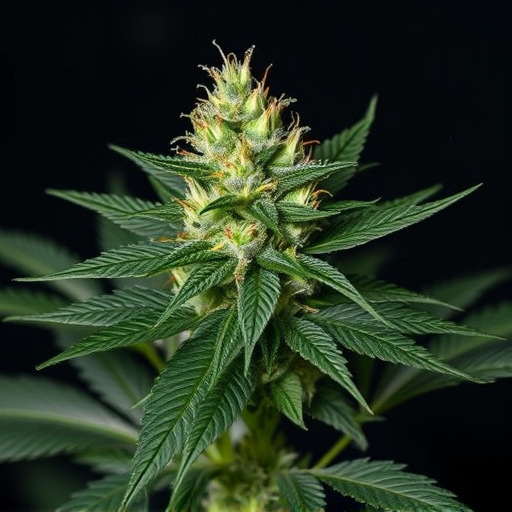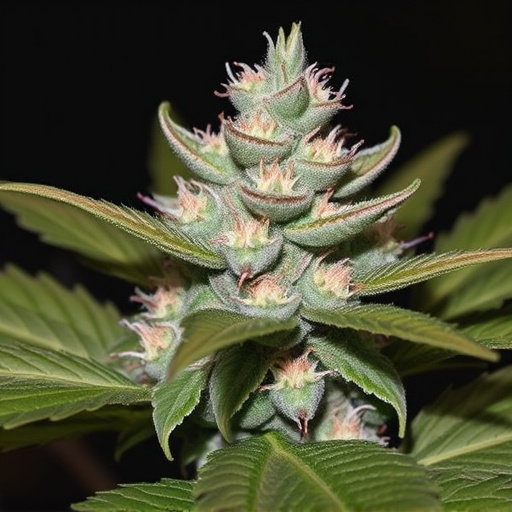The best kush strains, rich in THC, interact with our bodies' endocannabinoid system (ECS) to impact appetite regulation. High-THC strains activate CB1 and CB2 receptors, affecting food intake and reward-related behaviors. THC stimulates ghrelin release, increasing hunger signals, while suppressing leptin receptors. Indica-dominant best kush strains like Granddaddy Purple, Girl Scout Cookies, and Blue Dream are sought for managing appetite issues or enhancing dining experiences, though individual responses vary. Responsible cannabis consumption is essential under local laws.
“Unravel the intriguing connection between THC, hunger hormones, and the endocannabinoid system in this comprehensive guide. We explore how tetrahydrocannabinol (THC) interacts with our body’s natural balance, specifically targeting appetite-regulating hormones. This article delves into the science behind THC’s effects, offering insights for those seeking to manage their appetite naturally. Furthermore, discover the top best kush strains known for their ability to enhance eating experiences and promote a healthy relationship with food.”
- Understanding THC and Its Interaction with the Endocannabinoid System
- The Impact of THC on Hunger Hormones: A Comprehensive Analysis
- Best Kush Strains for Managing Appetite and Enhancing Eating Experiences
Understanding THC and Its Interaction with the Endocannabinoid System
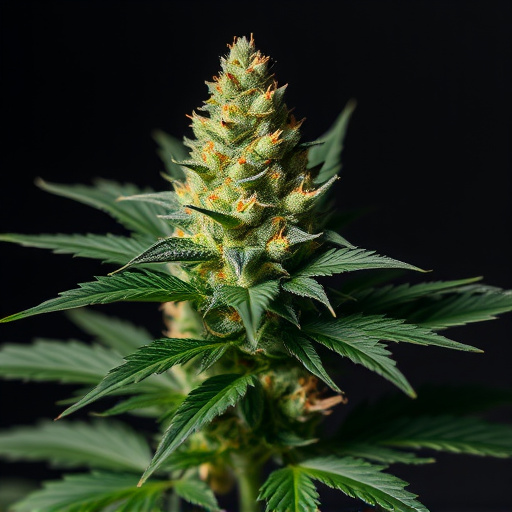
THC (tetrahydrocannabinol), the primary psychoactive compound in cannabis, has a complex relationship with our bodies’ natural endocannabinoid system (ECS). This system plays a pivotal role in regulating various physiological processes, including appetite and hunger. When THC binds to receptors within the ECS, it triggers a cascade of events that can significantly influence eating behaviors. Research suggests that some of the best kush strains known for their high THC content may impact hunger hormones in unique ways, leading to either increased or decreased appetites.
The interaction between THC and the ECS is multifaceted. It involves the activation of CB1 receptors, primarily found in the brain and central nervous system, which can modulate food intake and reward-related behaviors. Additionally, THC’s ability to interact with CB2 receptors, present in the immune system and peripheral tissues, further contributes to its effect on hunger. Understanding these intricate interactions is crucial for comprehending why certain strains, renowned for their potent THC levels, may be sought after by individuals looking to manage appetite-related issues or simply enhance their dining experiences.
The Impact of THC on Hunger Hormones: A Comprehensive Analysis
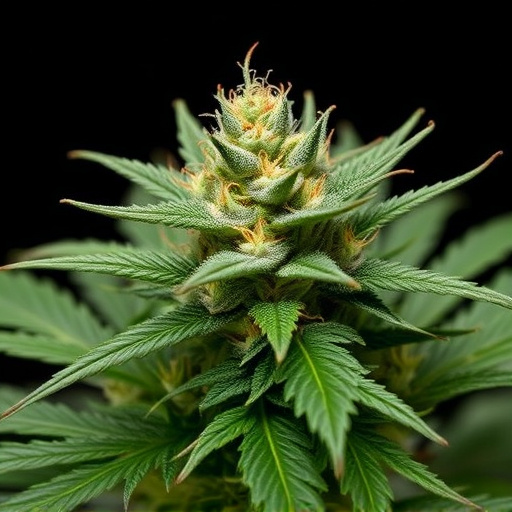
THC, the primary psychoactive compound in cannabis, has been a subject of interest regarding its effects on appetite and hunger hormones. This is particularly relevant for those who use medical cannabis, including patients seeking relief through best kush strains known for their high THC content. Research suggests that THC can interact with various neurochemicals and receptors in the brain, many of which play roles in regulating hunger.
The impact of THC on hunger hormones is complex and multifaceted. It can stimulate the release of ghrelin, often referred to as the “hunger hormone,” which signals the brain to initiate a search for food. Conversely, THC also suppresses the activity of leptin receptors, a hormone that signals satiety, leading to potential increased feelings of hunger and appetite. This dual action highlights the intricate relationship between cannabis consumption and metabolic processes, offering insights into why some users experience heightened appetites while others do not.
Best Kush Strains for Managing Appetite and Enhancing Eating Experiences
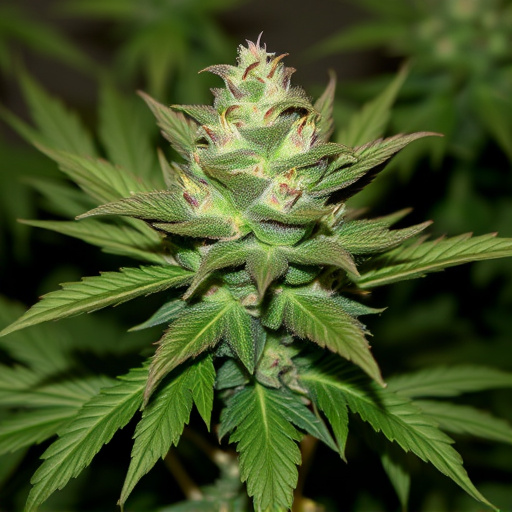
When it comes to managing appetite and enhancing eating experiences, certain best kush strains have gained recognition for their potential effects on hunger hormones. These strains are known for their unique combinations of cannabinoids, particularly Tetrahydrocannabinol (THC), which can interact with the body’s endocannabinoid system. Research suggests that THC may influence hunger by binding to receptors in the brain and nervous system, potentially suppressing appetite or stimulating eating, depending on various factors.
Some popular best kush strains for appetite management include Indica-dominant varieties known for their relaxing and calming effects. Strains like Granddaddy Purple, Girl Scout Cookies, and Blue Dream are celebrated for their ability to induce a sense of euphoria and reduce feelings of hunger. These strains can create a pleasant eating environment, making meals more enjoyable and potentially increasing overall food intake. Remember that individual experiences may vary, and it’s essential to consume cannabis responsibly and in accordance with local laws.
THC’s influence on hunger hormones offers a fascinating glimpse into the complex relationship between cannabis and appetite. Understanding how THC interacts with the endocannabinoid system reveals promising potential for managing eating disorders and enhancing dining experiences, especially through strategically chosen best kush strains. Further research is essential to unlock the full scope of these effects, ensuring safe and effective applications in medical and recreational settings.
